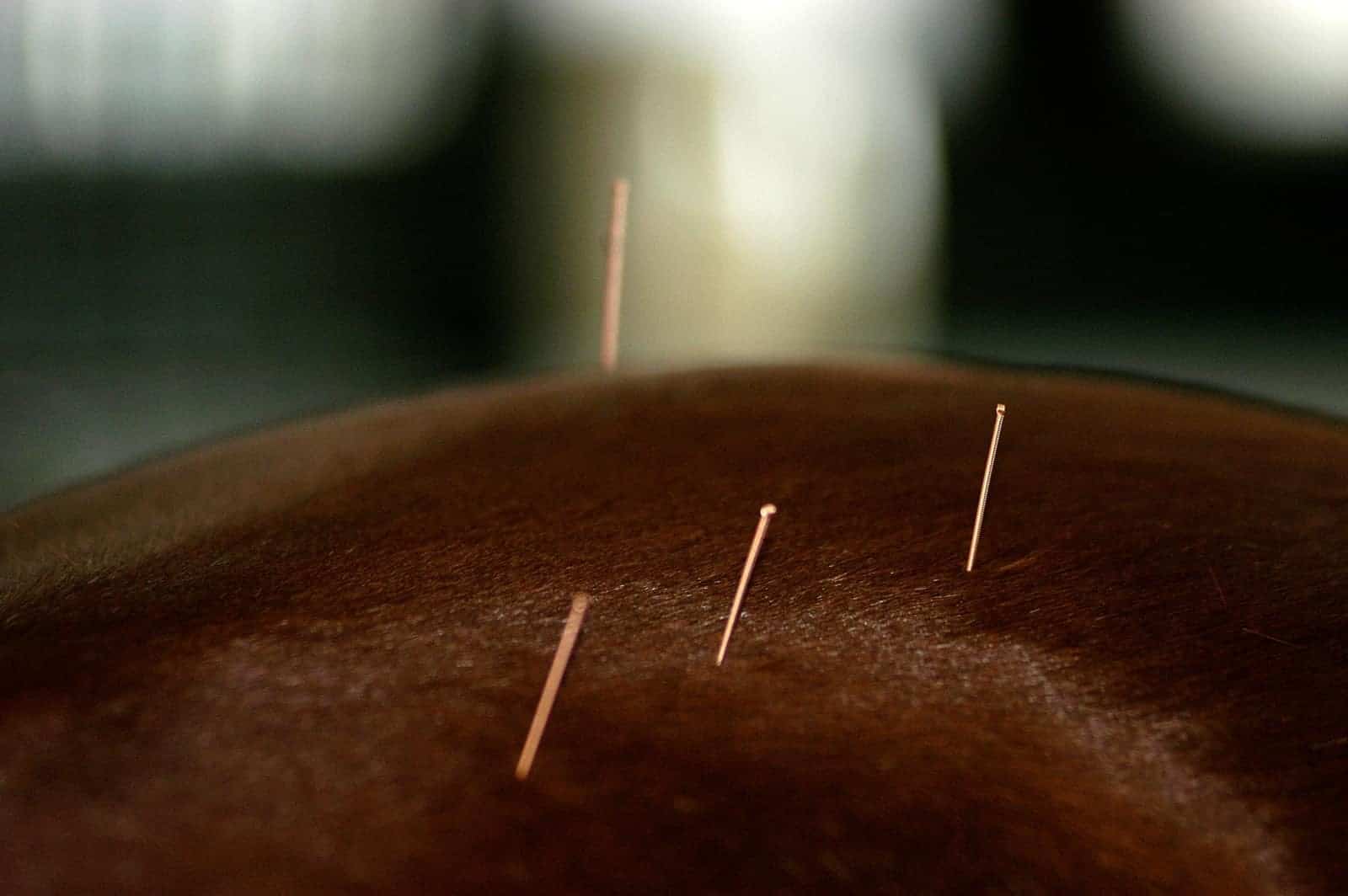
Learn how veterinarians can incorporate holistic medicine into practice
When an owner says, “I treat my horse naturally,” do you wonder what they mean? Do you picture someone rummaging through the cupboards, grinding a little of this and shaking in a little of that to create the perfect concoction to “treat” whatever ails their horse?
Maybe this was how owners handled health conditions a few hundred years ago, but veterinary medicine has advanced considerably. We now have access to antibiotics, vaccines, and even pharmaceuticals to treat teeny tiny growths in the pituitary gland, not to mention extensive diagnostic and treatment equipment. What more could you need?
Well, many horse owners seek approaches beyond what Western medicine techniques and technology have afforded—along with veterinarians offering these options, say our sources.
Here’s what you need to know about holistic veterinary medicine, how vets can integrate it into everyday practice, when they opt to stick with Western medicine, and how they marry the two.
What Is Holistic Medicine?
Holistic medicine—perhaps more aptly thought of as whole-istic medicine—refers to the practice of treating the entire patient rather than just the clinical signs of disease. The American Holistic Health Association defines it as: “The art and science of healing that addresses the whole person—body, mind, and spirit. The practice of holistic medicine integrates conventional and alternative therapies to prevent and treat disease and, most importantly, to promote optimal health.”
In essence, holistic medicine falls under the realm of what we now refer to as, “complementary, alternative, and integrative veterinary medicine,” or CAIVM. The American Veterinary Medical Association (AVMA) describes CAIVM as “a heterogeneous group of preventive, diagnostic, and therapeutic philosophies and practices that are not considered part of conventional (Western) medicine as practiced by most veterinarians.”
Examples of CAIVM include veterinary acupuncture, homeopathy, manual or manipulative therapy (e.g., chiropractic), nutraceutical therapy, and phytotherapy (herbal medicine).
The American Holistic Veterinary Medical Association (AHVMA), describes holistic medicine as “… humane to the core. The techniques used in holistic medicine are gentle, minimally invasive, and incorporate patient well-being and stress reduction.
“In treating an animal, a holistic veterinarian will determine the best combination of both conventional and alternative (or complementary) therapies for a given individual,” it continues. “This mixture of healing arts and skills is as natural as life itself. Therein lies the very essence of the word (w)holistic. It means taking in the whole picture of the patient—the environment, the disease pattern, the relationship of pet with owner—and developing a treatment protocol using a wide range of therapies for healing the patient. The holistic practitioner is interested not only in a medical history but also genetics, nutrition, environment, family relationships, stress levels, and other factors.”
Who Offers These Services?
The AVMA states that any “treatments” falling under the CAIVM umbrella must be implemented only when a valid veterinary-client-patient relationship (VCPR) exists and only by a professional with proper training.
Joyce Harman, DVM, owner of Harmany Equine Ltd., in Flint Hill, Virginia, is one veterinarian committed to the practice of CAIVM. She’s certified in acupuncture and chiropractic and has completed advanced training in veterinary homeopathy, nutrition, and herbal medicine.
“If you’re looking for a local practitioner, find one with extensive training in the modality you’re interested in,” she says.
For help finding a qualified holistic veterinary practitioner, the AHVMA provides a “Find a Vet” link (ahvma.org/find-a-holistic-veterinarian) to get you started.
This article continues in the March 2019 issue of The Horse: Your Guide to Equine Health Care. Subscribe now and get an immediate download of this issue, including this in-depth feature on holistic medicine and how veterinarians incorporate it into practice.
Already a magazine subscriber? Digital subscribers can access their March issue here. Domestic print subscribers who have not received their copy should email circulation@thehorse.com.